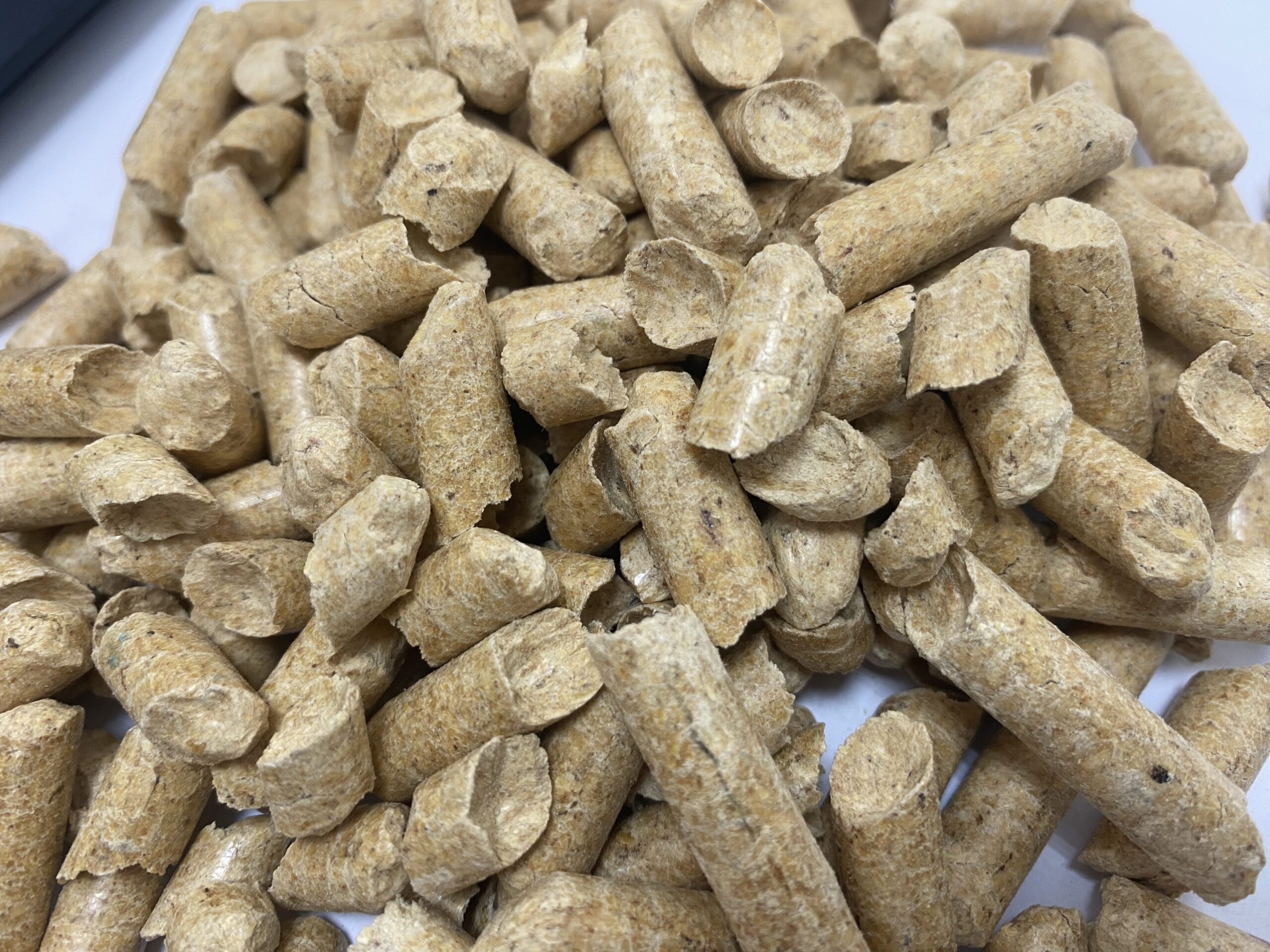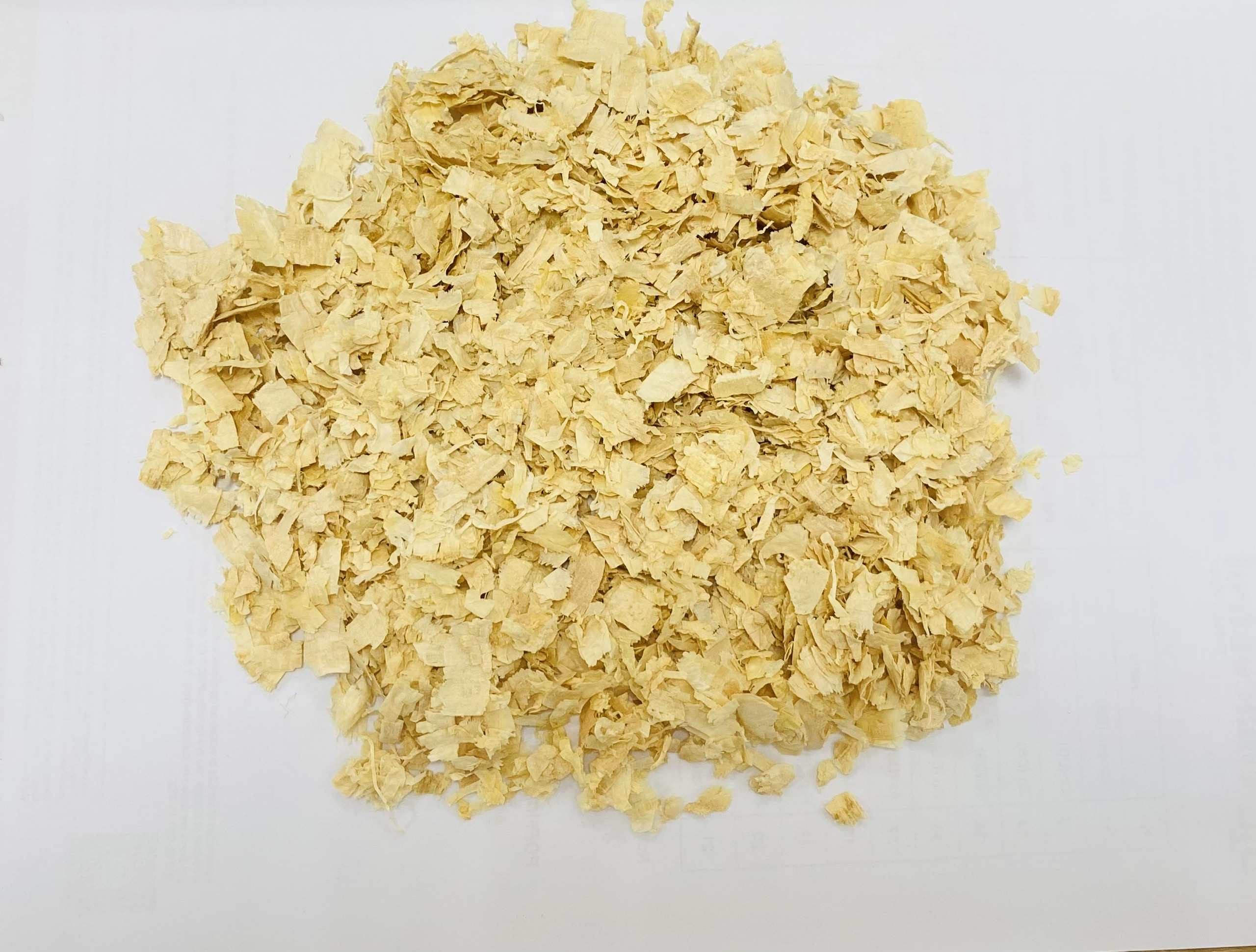Introduction
Choosing the right bedding material for your horse is a crucial decision that can impact their comfort, health, and the overall cleanliness of the stable. With various options available, including straw, shavings, and sawdust, it can be challenging to determine which bedding is the best fit for your needs. Pine wood pellets have emerged as a popular choice, offering numerous benefits that set them apart from other materials. In this article, we will compare pine wood pellets with other common horse bedding options, highlighting their advantages and potential drawbacks to help you make an informed decision.

Pine Wood Pellets vs. Straw
Absorbency
One of the most significant differences between pine wood pellets and straw is absorbency. Straw, while traditional, is not particularly absorbent, leading to wet spots and the potential for unpleasant odors. This can require frequent bedding changes and more effort to maintain a clean stall. On the other hand, pine wood pellets are highly absorbent. When they come into contact with moisture, they expand and break down into a soft, fluffy material that effectively locks in wetness. This reduces the frequency of bedding changes and helps maintain a dry, comfortable environment for your horse.
Odor Control
Odor control is another critical factor when comparing pine wood pellets to straw. Straw can quickly become saturated with urine, leading to the buildup of ammonia and strong odors in the stable. Pine wood pellets, however, naturally neutralize odors thanks to the natural oils in the pine wood. These oils have antibacterial properties that help reduce the presence of ammonia-producing bacteria, keeping the stable smelling fresher for longer.
Dust Levels
Dust can be a significant issue in horse stables, especially for horses with respiratory sensitivities. Straw tends to break down over time, creating dust that can irritate both horses and handlers. Pine wood pellets, in contrast, produce minimal dust, even as they decompose. The compression process used to create the pellets reduces the amount of loose particles, making them a better option for maintaining air quality in the stable.
Ease of Use and Storage
Straw is bulky and can be challenging to store and transport. It also requires a significant amount of space, which may not be feasible for all stable setups. Pine wood pellets are compact and easy to store, requiring less space and making them easier to handle. The pellets are lightweight, easy to spread, and require minimal effort to manage, making them a more convenient choice for horse owners.
Pine Wood Pellets vs. Shavings
Absorbency
When comparing pine wood pellets to shavings, absorbency is a key consideration. While shavings are soft and comfortable for horses, they are less absorbent than pine wood pellets. This means that wet spots may develop more quickly in stalls with shavings, requiring more frequent cleaning and bedding changes. Pine wood pellets offer superior absorbency, expanding and breaking down into a soft material that effectively absorbs and contains moisture.
Odor Control
Shavings do provide some level of odor control, particularly if they are made from pine or cedar. However, pine wood pellets are more effective at neutralizing odors due to their higher concentration of natural pine oils. These oils help control ammonia and keep the stable smelling fresh, even with minimal maintenance.
Dust Levels
Both shavings and pine wood pellets have relatively low dust levels compared to other bedding materials. However, pine wood pellets have the advantage of producing even less dust due to their compressed nature. This makes them a better choice for horses with respiratory issues or for stables where maintaining air quality is a priority.
Cost and Waste
Shavings are generally less expensive upfront compared to pine wood pellets, but they tend to generate more waste over time. Because shavings are less absorbent, they need to be changed more frequently, leading to higher long-term costs and more waste. Pine wood pellets may have a higher initial cost, but their superior absorbency and lower waste production can result in cost savings over time.

Pine Wood Pellets vs. Sawdust
Absorbency
Sawdust is another common bedding material, particularly in areas where it is readily available. However, sawdust is not as absorbent as pine wood pellets. While it can absorb moisture, it tends to compact and become soggy, creating an uncomfortable and potentially harmful environment for horses. Pine wood pellets, in contrast, offer excellent absorbency and break down into a soft, comfortable bedding material that provides a better overall environment for your horse.
Odor Control
Sawdust does little to control odors, and its tendency to compact when wet can exacerbate the problem by creating pockets of trapped moisture and ammonia. Pine wood pellets naturally neutralize odors, thanks to the antibacterial properties of pine wood. This makes them a more effective choice for controlling smells in the stable.
Dust Levels
Sawdust is known for being extremely dusty, which can pose significant respiratory risks for both horses and humans. The fine particles can easily become airborne, leading to irritation and potential health issues. Pine wood pellets produce far less dust, making them a safer and healthier option for stable bedding.
Environmental Impact
One advantage of sawdust is that it is often a byproduct of the lumber industry, making it an environmentally friendly choice in terms of resource use. However, the high dust levels and lower absorbency make it less practical for use as horse bedding. Pine wood pellets are also made from lumber byproducts, but their lower waste production and superior performance make them a more sustainable choice in the long run.

Conclusion
When comparing pine wood pellets to other horse bedding options like straw, shavings, and sawdust, it’s clear that pine wood pellets offer numerous advantages. Their superior absorbency, effective odor control, low dust production, and ease of use make them an excellent choice for maintaining a clean, comfortable, and healthy environment for your horse. While pine wood pellets may have a higher initial cost compared to some other materials, their long-term benefits, including reduced waste and maintenance, make them a cost-effective and practical solution. Whether you’re looking to improve stall hygiene, provide a more comfortable bedding option, or simply reduce the time and effort spent on stable maintenance, pine wood pellets are a worthy investment for any horse owner.
